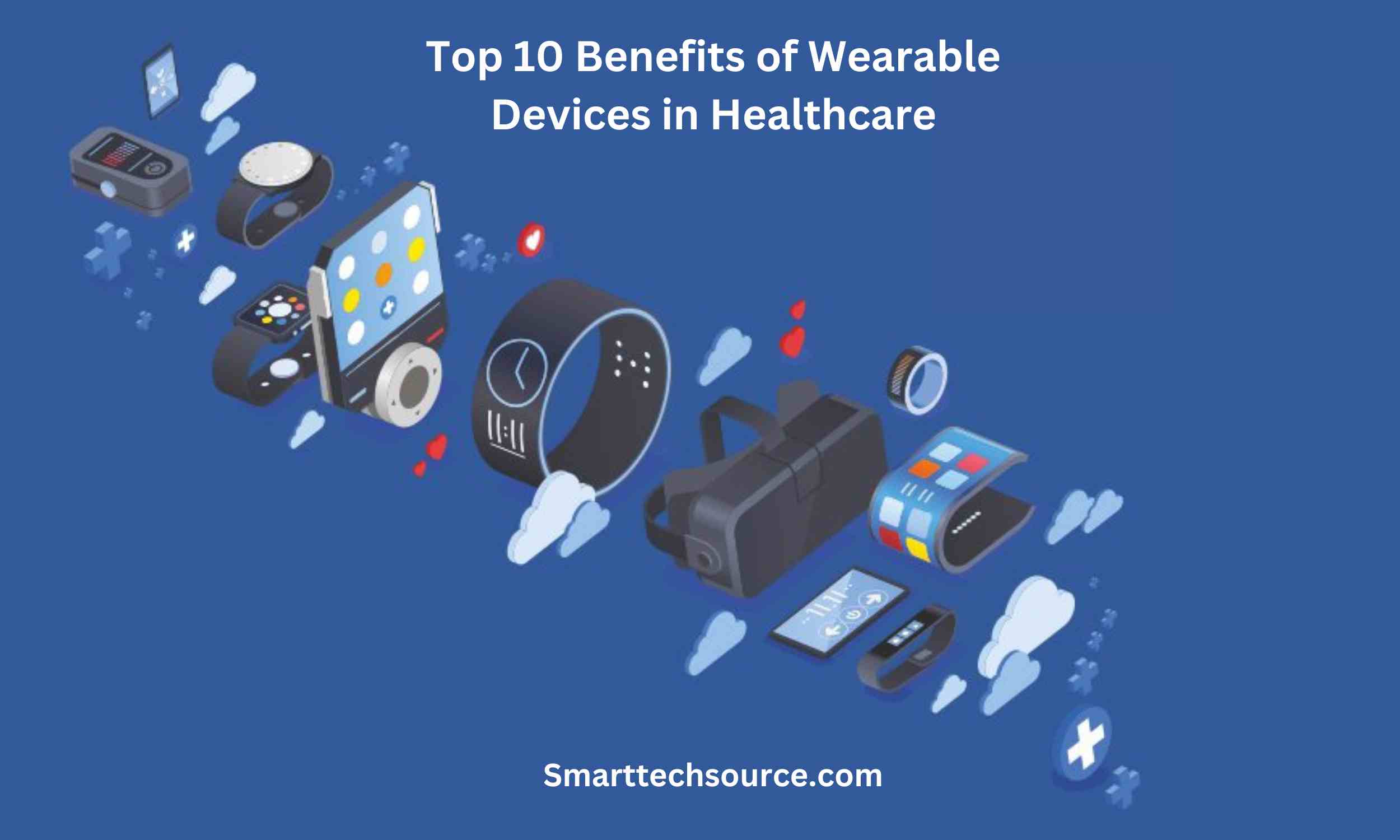Wearable devices are electronic gadgets that you can wear on your body or attach to your clothing. They can monitor, track, or transmit data related to your health and fitness. Some examples of wearable devices are smartwatches, fitness trackers, heart rate monitors, blood pressure monitors, glucose monitors, and smart glasses.
Wearable devices have many benefits for healthcare, both for patients and providers. In this article, we will explore 10 of them:
1. Wearable devices improves patient engagement and self-management
Wearable devices can help you become more aware of your health status and behavior. They can also motivate you to adopt healthier lifestyles. For example, it can provide you with feedback, reminders, and alerts. They can help you follow your treatment plans and medication schedules. You can also communicate with your healthcare providers and share your data in real-time.
2. Wearable devices enhances disease prevention and early detection
Wearable devices can collect and analyze various health parameters, such as heart rate, blood pressure, blood glucose, oxygen saturation, body temperature, and sleep quality. These data can help identify potential health risks and abnormalities. They can also alert you and your providers before they become serious problems. It can help prevent chronic diseases, such as diabetes, hypertension, and cardiovascular diseases, by encouraging healthy habits and behaviors.
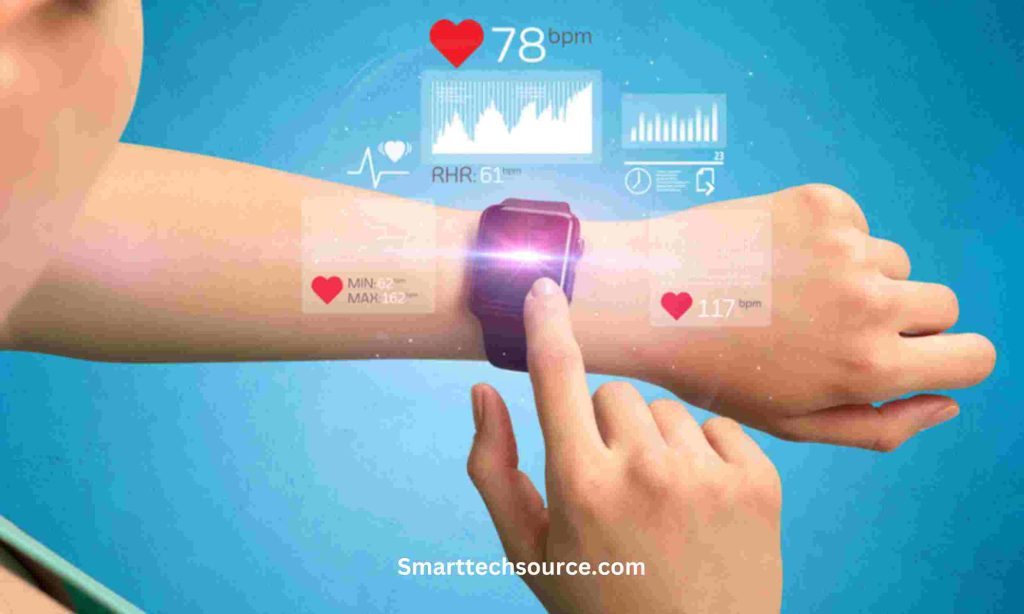
3. It can Reduce healthcare costs and improves efficiency
Wearable devices can reduce the need for frequent visits to the hospital or clinic. They can enable remote monitoring and care delivery. This can save time and money for both you and your providers. It can also improve the quality and accessibility of healthcare services. These devices can help optimize the use of healthcare resources, such as beds, equipment, and staff. They can do this by reducing hospital admissions and readmissions, and enhancing patient outcomes.
4. Personalized and tailored healthcare
Wearable devices can provide personalized and tailored healthcare solutions, based on your individual needs and preferences. It can collect and store personal health data, such as medical history, allergies, medications, and lifestyle factors. They can use them to customize the treatment and care plans for you. Wearable devices can also use artificial intelligence and machine learning to analyze the data and provide insights and recommendations for optimal health and wellness.
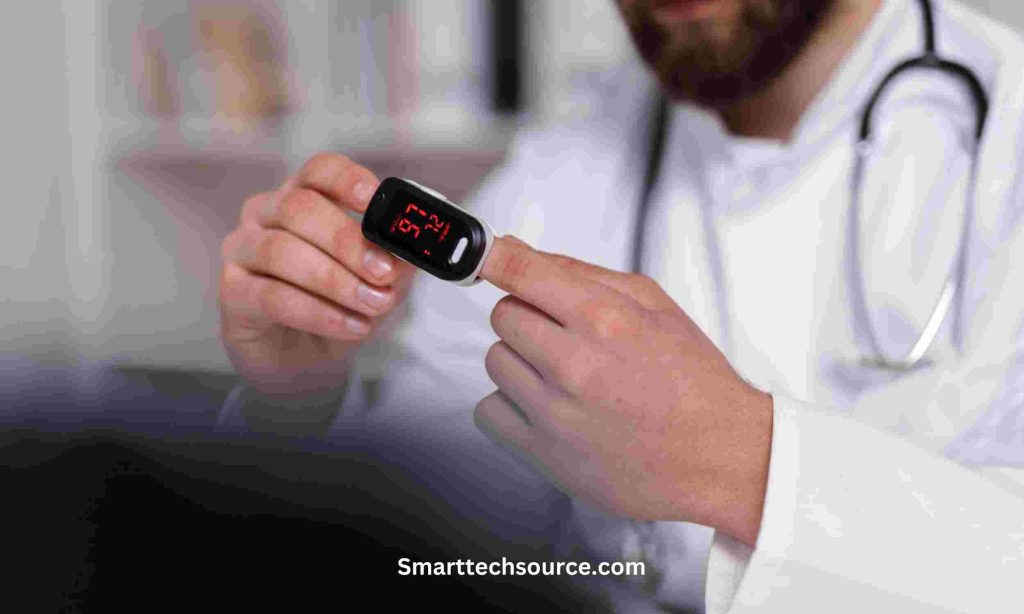


5. Increased patient safety and security
Wearable devices can increase your safety and security, by providing real-time tracking and location services, and emergency response systems. It can help locate and identify you if you are lost, confused, or in danger. They can also alert your caregivers or emergency services. Wearable devices can detect falls, accidents, or other emergencies. They can automatically send signals or messages to the relevant parties. It can also protect your privacy and confidentiality, by using encryption and authentication technologies.
6. Enhanced patient education and empowerment
Wearable devices can enhance your education and empowerment, by providing access to reliable and relevant health information, and interactive and engaging learning tools. It can help you learn more about your health conditions, treatments, and outcomes. They can also help you understand the benefits and risks of your choices. Wearable devices can help you participate in your own healthcare decisions, and express your views and preferences to your providers.
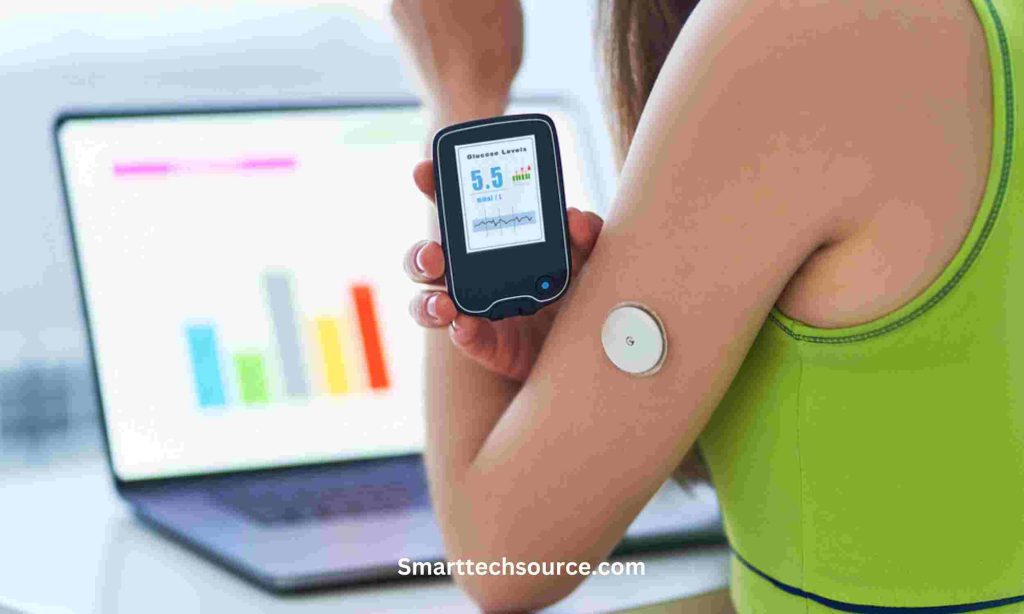


7. Improved patient satisfaction and loyalty
Wearable devices can improve your satisfaction and loyalty, by providing convenient and comfortable healthcare experiences, and fostering trust and rapport with your providers. These devices can help you avoid long waiting times, travel distances, and paperwork. They can also help you enjoy more flexible and convenient healthcare options. It can help you feel more valued and respected, and more connected and engaged with your providers.
8. Increased provider productivity and performance
Wearable devices can increase provider productivity and performance, by providing access to real-time and accurate health data, and enhancing communication and collaboration. It can help providers monitor and manage multiple patients at once, and receive timely and relevant alerts and notifications. Such devices can also help providers communicate and coordinate with other providers and stakeholders. They can also help them share and exchange health data and information.
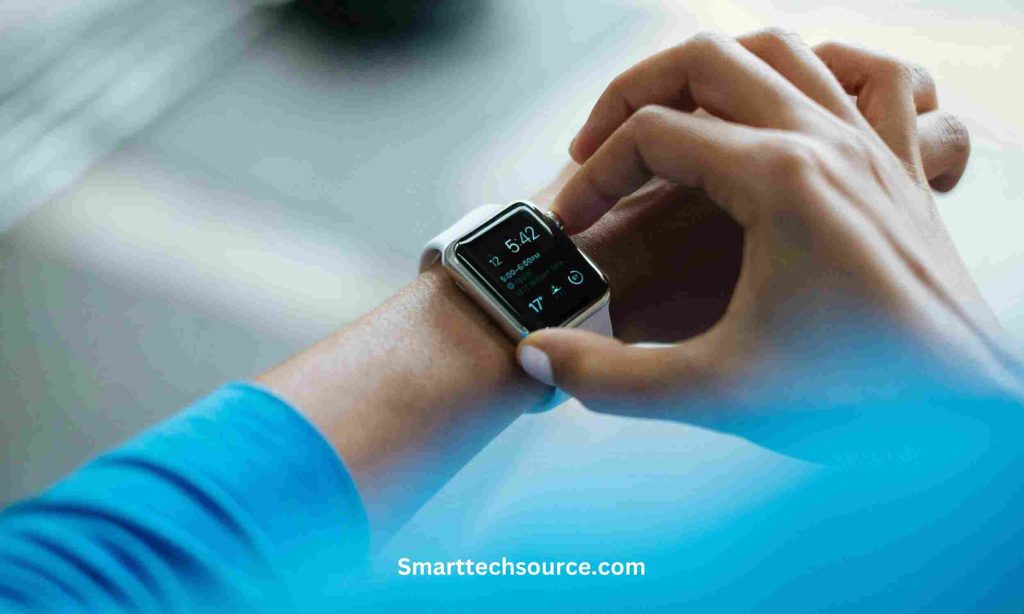


9. Expanded healthcare reach and coverage
Wearable devices can expand healthcare reach and coverage, by enabling access to healthcare services for people who are geographically isolated, economically disadvantaged, or socially marginalized. It can help overcome the barriers of distance, cost, and availability. They can also provide healthcare services to people who otherwise would not have them. These devices can also help address the healthcare disparities and inequalities that exist among different populations and regions.
10. Advanced healthcare innovation and research
Wearable devices can advance healthcare innovation and research, by providing a rich source of health data and information, and enabling new and novel ways of healthcare delivery and improvement. It can help generate and collect large and diverse health data sets. They can use them to discover new patterns, trends, and insights. These devices can also help test and evaluate new and emerging healthcare technologies, methods, and models.
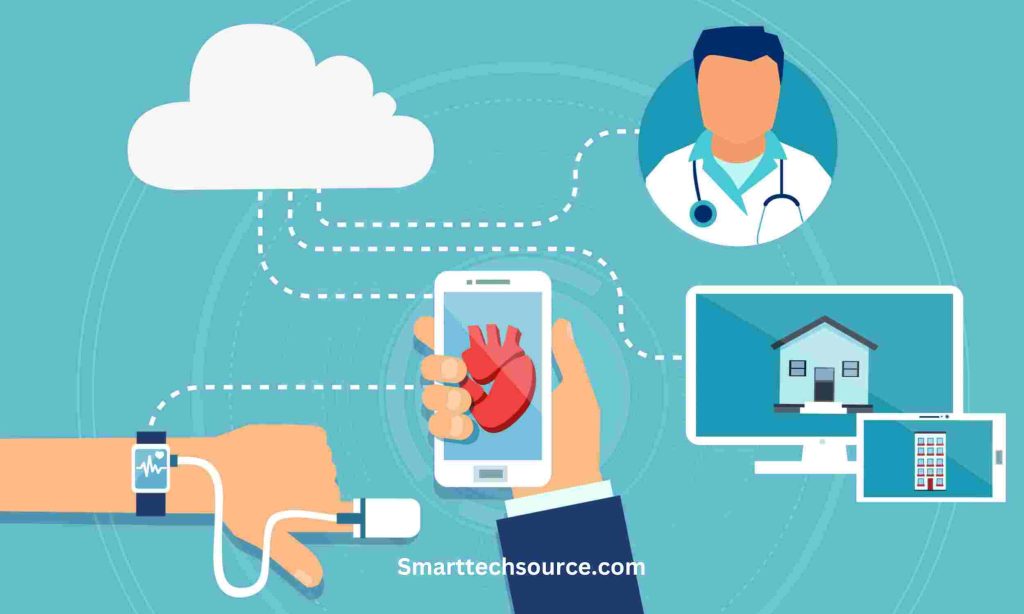


To get more knowledge about wearable devices click here .
Conclusion
Wearable devices are transforming the healthcare industry, and bringing many benefits for both patients and providers. They can improve patient engagement and self-management, enhance disease prevention and early detection, reduce healthcare costs and improve efficiency, personalize and tailor healthcare, increase patient safety and security, enhance patient education and empowerment, improve patient satisfaction and loyalty, increase provider productivity and performance, expand healthcare reach and coverage, and advance healthcare innovation and research. These are not only useful and convenient, but also powerful and impactful. They have the potential to revolutionize the future of healthcare.
Learn about other kinds of technology as well by clicking here.

